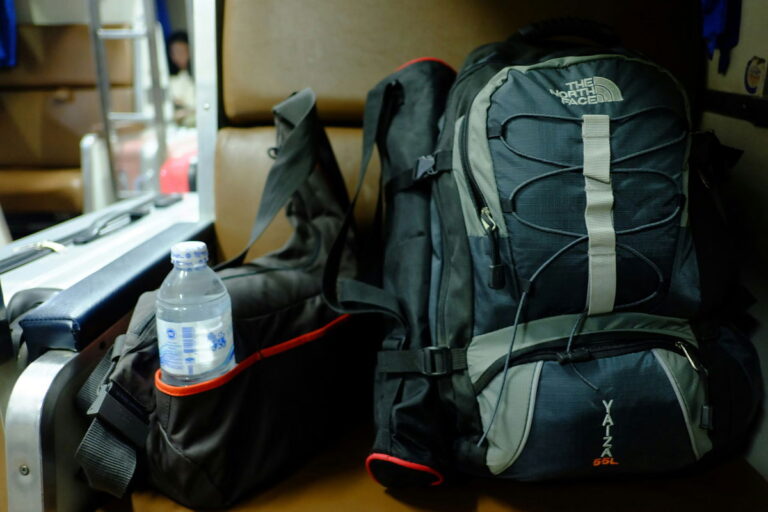
Just under two hours from Barcelona, hidden in the forested hills of Osona, lies a small village that has preserved its historical character remarkably well.
In 2022, the United Nations World Tourism Organisation named it one of the world’s most beautiful villages. This year, it received that honour once again — a rare international recognition for such a small place.
Rupit, Catalonia’s mediaeval village
With fewer than 300 residents, Rupit is best known for its beautifully preserved mediaeval core: stone houses dating back to the 16th and 17th centuries, winding cobbled alleys, and a modest wooden bridge that gently crosses a narrow stream.
The forests around are full of hidden waterfalls, hiking trails, and nice views over Catalonia’s cliffs and valleys.
But the people of Rupit aren’t seeking the spotlight. In fact, they declined an invitation to join Spain’s official list of “Most Beautiful Villages” out of concern it might attract unsustainable levels of tourism. Still, their efforts to preserve local life, nature and heritage didn’t go unnoticed.

Credit: Creative Commons
What to do in Rupit
One of the village’s biggest natural draws is the Salt de Sallent, the tallest waterfall in Catalonia. With a 100-metre drop, it’s most spectacular in spring, when melting waters and blooming vegetation turn the trail into a full sensory experience.
The walk to the falls is relatively easy, winding through forests and open meadows that offer a direct connection with the landscape.
Thanks to its elevated position and minimal light pollution, Rupit has also become a prime destination for astrotourism. Awarded the Cielo Nocturno de Calidad distinction by the Catalan government, the area offers crystal-clear skies perfect for stargazing, a rare luxury in our increasingly urban world.
Tourism done right
As part of the Best Tourism Villages initiative, which gives props to 254 villages worldwide for doing tourism right, Rupit now stands as a model for how rural tourism can be done right.
Car access is limited, local projects like Collsacabra Futur promote short supply chains and ecological food, and heritage sites like the 11th-century Sant Joan de Fàbregues church are carefully maintained.
Rupit is a working example of balance. It isn’t just beautiful; it’s a case study in how tradition and development can coexist.
Read here more travel news.







